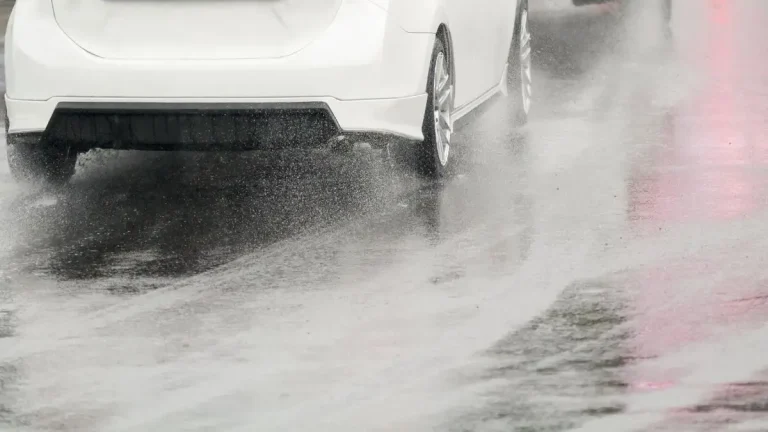As the rainy season settles in and the festive rush begins, road safety once again becomes a pressing concern across the country. Slick roads and unpredictable downpours demand extra caution, not just in how we drive, but in how well we maintain our vehicles.
Thank you for reading this post, don't forget to subscribe!The Importance of Tyre Health
Tyres are a vehicle’s first line of defence against the dangers of wet-weather driving. Their tread and pressure play a crucial role in keeping your car stable and responsive on rain-soaked roads. Drivers are urged to inspect their tyres frequently and ensure that the tread depth is comfortably above the legal minimum of 1.6mm. Deeper grooves help disperse water effectively, reducing the risk of aquaplaning, a dangerous phenomenon where tyres lose grip and skim over the surface of standing water.
Under-inflated tyres are particularly hazardous in the wet. When tyre pressure drops, the rubber surface distorts, weakening the channels that push water away and drastically increasing the chances of losing traction. To stay safe, maintain the manufacturer’s recommended pressure levels and perform routine checks before long trips.
Key tyre care tips:
- Check tyre pressure at least once a month.
- Keep tread depth well above 1.6mm.
- Avoid mixing old and new tyres.
- Rotate tyres regularly to ensure even wear.
What is Aquaplaning?
Aquaplaning remains one of the most common and frightening risks during heavy rain. When water builds up between the tyres and the road, it prevents direct contact, making it almost impossible to steer or brake effectively.
To reduce the risk of aquaplaning:
- Maintain proper tyre inflation at all times.
- Drive slower during rain or on wet surfaces.
- Avoid sudden braking or sharp turns on slippery roads.
- Increase following distance to give yourself more time to react.
It’s also important to remember that stopping distances on wet surfaces can double compared to dry conditions. A car travelling at 100km/h could need up to 140 metres to come to a complete stop.

Don’t Neglect Brake Maintenance
While tyres keep you connected to the road, brakes are what keep you in control. Faulty or worn-out brakes can have devastating consequences in wet conditions, where every second counts.
Be alert to warning signs such as:
- Squealing or grinding noises.
- A spongy or soft brake pedal.
- Vibration when braking.
If you notice any of these issues, have your brakes checked immediately. Regular maintenance can prevent accidents and ensure your vehicle performs reliably in heavy rain.
Tyre Replacement and Balancing
For motorists preparing for long holiday drives, balanced tyre wear is vital. While replacing all four tyres at once is ideal, experts recommend fitting new ones to the rear axle if you can only replace two. This setup enhances stability and reduces the risk of losing control on slippery corners.
Quick replacement tips:
- Replace tyres in pairs for better balance.
- Ensure the same size and type on each axle.
- Check wheel alignment and balancing after installation.

Stay Ready, Stay Safe
A simple wet-weather safety check can make all the difference before hitting the road. Examine tyre pressure and tread depth, check brake wear, and replace worn wiper blades to ensure clear visibility.
Before every journey:
- Inspect tyre condition and pressure.
- Test brakes for firmness and responsiveness.
- Replace old wiper blades for better visibility.
- Top up washer fluid and check all lights.
As the festive season approaches, motorists are encouraged to act proactively, not reactively. Good preparation and cautious driving remain the surest ways to keep yourself and others safe when the roads turn slippery.
Related article: More Stop-and-Search Ops Coming to Gauteng Roads




